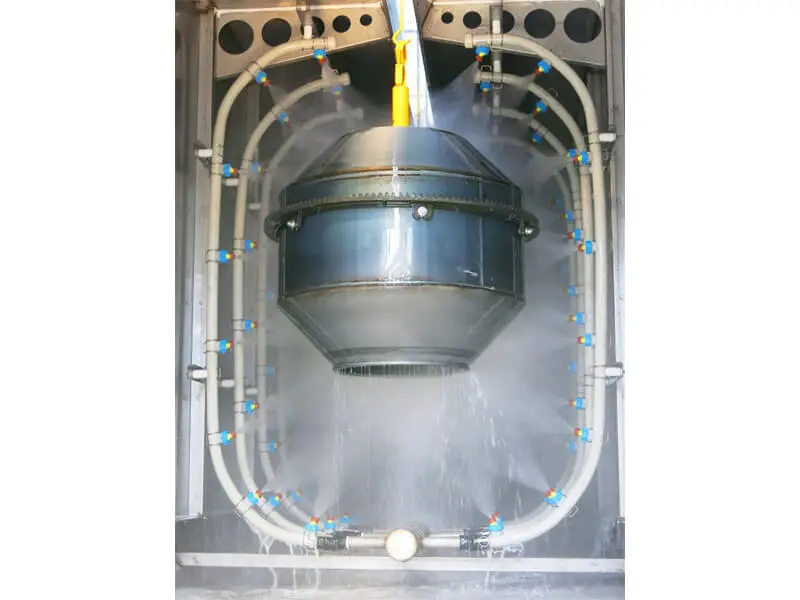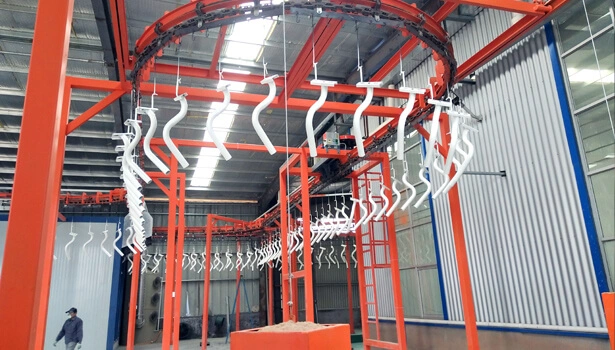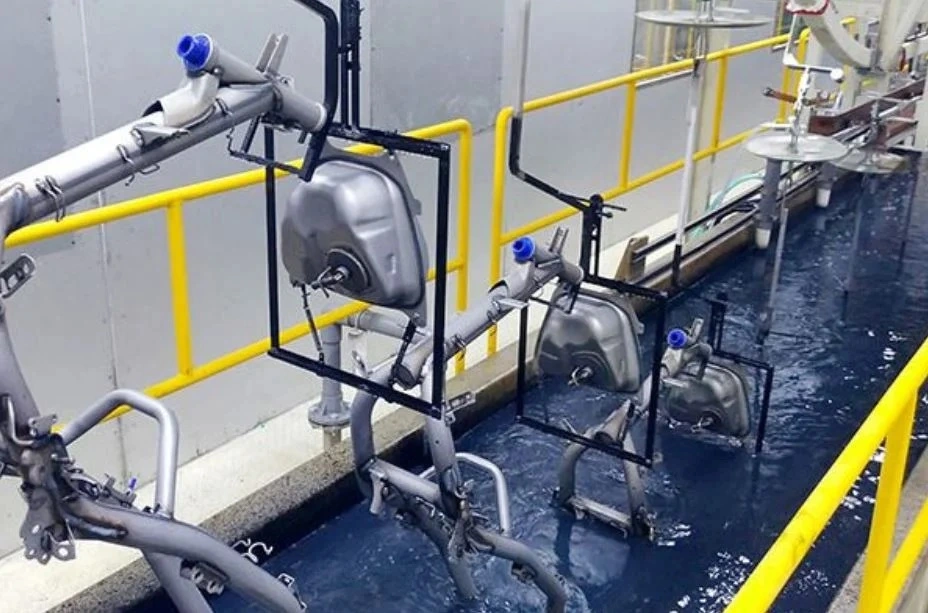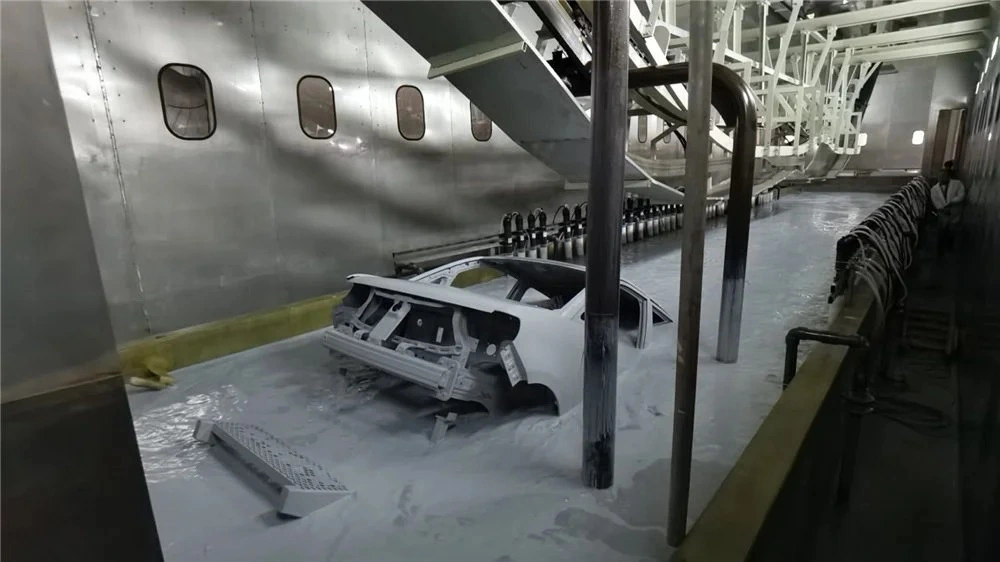In the fast-paced world of industrial manufacturing, I’ve seen firsthand how the right equipment can transform a business. Picture this: a mid-sized automotive parts manufacturer was struggling with inconsistent finishes and high rework rates. Then, they invested in a well-designed powder coating plant, and within months, their efficiency soared, defects dropped by 30%, and customer satisfaction skyrocketed. If you’re in a similar boat, you’re not alone. Selecting the perfect powder coating plant isn’t just about buying equipment—it’s about future-proofing your operations. As someone who’s worked with industry leaders like HANNA, I’ve compiled this guide to walk you through 10 essential tips for making an informed decision in 2025. Whether you’re upgrading an existing line or starting from scratch, this article will help you navigate the complexities of powder coating plants, from customization options to cost-effective solutions.
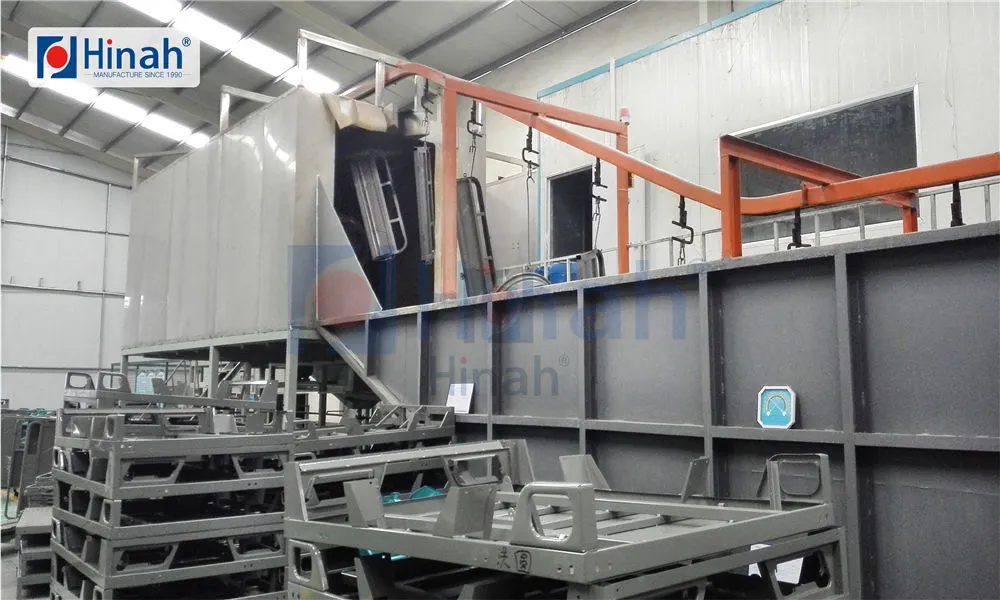
What is a Powder Coating Plant?
A powder coating plant is a specialized industrial setup used to apply a dry, powdered paint to metal surfaces through an electrostatic process, followed by curing in an oven to create a durable, high-quality finish. Unlike traditional liquid coatings, this method is eco-friendly, as it minimizes VOC emissions and waste. In essence, a powder coating plant integrates various components like pretreatment systems, spray booths, curing ovens, and material handling equipment to ensure a seamless coating process. For businesses in sectors like automotive, aerospace, and furniture, investing in a reliable powder coating plant can enhance product longevity and aesthetic appeal. With advancements in technology, modern powder coating plants offer automated solutions that boost productivity while reducing labor costs.
Types of Powder Coating Plants
When exploring powder coating plants, it’s crucial to understand the different types available. Broadly, they fall into three categories: manual, automatic, and custom powder coating plants. Manual plants are ideal for small-scale operations, where operators handle the spraying process, offering flexibility but requiring more skill. Automatic plants, on the other hand, use robotics and conveyor systems for high-volume production, ensuring consistency and speed. Then there are custom powder coating plants, which are tailored to specific industrial needs—think unique part sizes or specialized coating materials. For instance, HANNA offers bespoke solutions that integrate seamlessly with existing production lines, making them a go-to for companies seeking scalability. Each type has its pros and cons, so assessing your production volume and space constraints is key to choosing the right powder coating plant.

Key Applications of Powder Coating Plants
Powder coating plants are versatile and find applications across numerous industries. In the automotive sector, they’re used for coating car parts like wheels and chassis, providing rust resistance and a sleek finish. The construction industry relies on them for architectural elements such as window frames and railings, where durability against weather is paramount. Additionally, consumer goods like appliances and furniture benefit from the aesthetic and protective qualities of powder coating. What’s more, a well-designed powder coating plant can handle everything from small DIY projects to large industrial components. Companies like HANNA have pioneered applications in niche areas, such as coating electrical enclosures for enhanced insulation. This breadth of use underscores why selecting the right powder coating plant is critical for meeting industry-specific standards.
Factors to Consider When Choosing a Powder Coating Plant
Choosing a powder coating plant involves several key factors to ensure it aligns with your business goals. First, assess your production capacity—whether you need a compact system for low output or a large-scale plant for mass production. Second, consider the technology: look for features like energy-efficient ovens or IoT-enabled monitoring, which can reduce operational costs. Third, evaluate the space available; a custom powder coating plant might be necessary if you have layout constraints. Fourth, focus on the coating materials compatibility—some plants are optimized for specific powders like epoxy or polyester. Fifth, don’t overlook safety and compliance; ensure the plant meets international standards like ISO certifications. From my experience, partnering with reputable suppliers like HANNA can simplify this process, as they offer comprehensive assessments to match your needs.
The Importance of Customization in Powder Coating Plants
In today’s competitive market, off-the-shelf solutions often fall short. That’s where a custom powder coating plant comes into play. Customization allows you to tailor the plant to your unique requirements, such as integrating specific color changes, handling unusual part geometries, or incorporating eco-friendly features like powder recovery systems. For example, I recall a client in the agricultural equipment industry who needed a powder coating plant that could process large, irregularly shaped parts. By opting for a custom powder coating plant from HANNA, they achieved a 25% increase in throughput and minimized material waste. This level of personalization not only enhances efficiency but also future-proofs your investment, making it easier to adapt to evolving industry trends.
Cost Analysis of Powder Coating Plants
Understanding the costs associated with a powder coating plant is vital for budgeting and ROI calculations. Generally, the price ranges from $50,000 for a basic manual setup to over $500,000 for a fully automated system, depending on size and features. Key cost drivers include the type of equipment (e.g., infrared vs. convection ovens), level of automation, and any customizations. For instance, a custom powder coating plant might have higher upfront costs but offer long-term savings through reduced energy consumption and lower maintenance. Additionally, consider operational expenses like powder materials, labor, and utilities. HANNA often provides cost-benefit analyses to help clients see how a well-chosen powder coating plant can pay off in 2-3 years through improved efficiency and fewer rejects.
How HANNA Excels in Providing Powder Coating Solutions
HANNA has built a reputation as a leader in the powder coating industry, thanks to their innovative approach and customer-centric services. Their powder coating plants are known for reliability and advanced features, such as smart controls that optimize curing times and reduce energy use. What sets HANNA apart is their focus on custom powder coating plants, designed to address specific challenges like high-volume production or strict environmental regulations. I’ve worked with several clients who switched to HANNA and reported faster turnaround times and superior finish quality. Moreover, HANNA offers end-to-end support, from installation to training, ensuring that your powder coating plant operates smoothly from day one. If you’re looking for a partner that combines expertise with cutting-edge technology, HANNA is a name you can trust.
Future Trends in Powder Coating Technology
The powder coating industry is evolving rapidly, with trends pointing toward sustainability and digitalization. One major trend is the rise of “green” powder coating plants that use bio-based powders and energy-efficient systems to minimize carbon footprints. Another is the integration of Industry 4.0 technologies, such as AI and IoT, which enable predictive maintenance and real-time monitoring in a powder coating plant. For example, smart sensors can detect coating defects early, reducing waste. Additionally, we’re seeing growth in UV-curable powders that cut curing times by half. Companies like HANNA are at the forefront, investing in R&D to make powder coating plants more adaptable and eco-friendly. Staying abreast of these trends can help you choose a powder coating plant that remains relevant for years to come.
Investing in a powder coating plant is a significant decision that can drive your business forward. By following these 10 tips—from understanding types and applications to emphasizing customization and cost analysis—you’ll be well-equipped to make a smart choice. Remember, a powder coating plant isn’t just a piece of equipment; it’s a long-term asset that impacts your product quality and bottom line. Brands like HANNA demonstrate how the right partnership can turn challenges into opportunities. As you move forward, keep an eye on emerging trends and don’t hesitate to seek expert advice. Here’s to achieving a flawless finish and boosted productivity with your ideal powder coating plant!
Frequently Asked Questions (FAQs)
Q1: What is the average lifespan of a powder coating plant?
A1: The average lifespan of a powder coating plant typically ranges from 10 to 20 years, depending on maintenance, usage intensity, and the quality of components. Regular servicing and opting for a custom powder coating plant from reputable suppliers like HANNA can extend this lifespan by ensuring durability and adaptability to changing needs.
Q2: How does a custom powder coating plant differ from a standard one?
A2: A custom powder coating plant is tailored to specific operational requirements, such as unique part sizes, specialized coating materials, or integration with existing production lines. In contrast, a standard plant offers a one-size-fits-all approach. Customization, often provided by companies like HANNA, allows for better efficiency, reduced waste, and higher ROI by addressing unique challenges.
Q3: What are the energy consumption considerations for a powder coating plant?
A3: Energy consumption in a powder coating plant mainly comes from curing ovens and ventilation systems. Factors like oven type (e.g., infrared vs. convection), insulation, and automation levels affect usage. On average, a mid-sized plant might consume 50-100 kWh per hour. Investing in energy-efficient models or a custom powder coating plant with features like heat recovery can cut costs by up to 30%.
Q4: Can a powder coating plant handle different types of powders?
A4: Yes, most modern powder coating plants are designed to handle various powder types, such as epoxy, polyester, or hybrid coatings. However, it’s essential to ensure compatibility with equipment like spray guns and recovery systems. A custom powder coating plant, like those from HANNA, can be configured for easy material switches, supporting versatility in production.
Q5: How do I maintain a powder coating plant to ensure optimal performance?
A5: Regular maintenance for a powder coating plant includes cleaning spray booths, inspecting electrical components, and calibrating equipment. Key tasks involve checking for powder buildup, replacing filters, and monitoring oven temperatures. Following a schedule provided by suppliers like HANNA can prevent downtime and maintain finish quality, typically requiring weekly checks and annual professional servicing.
This article is based on industry insights and practical experiences. For personalized advice on powder coating plants, consider consulting experts like HANNA to explore tailored solutions for your business.


